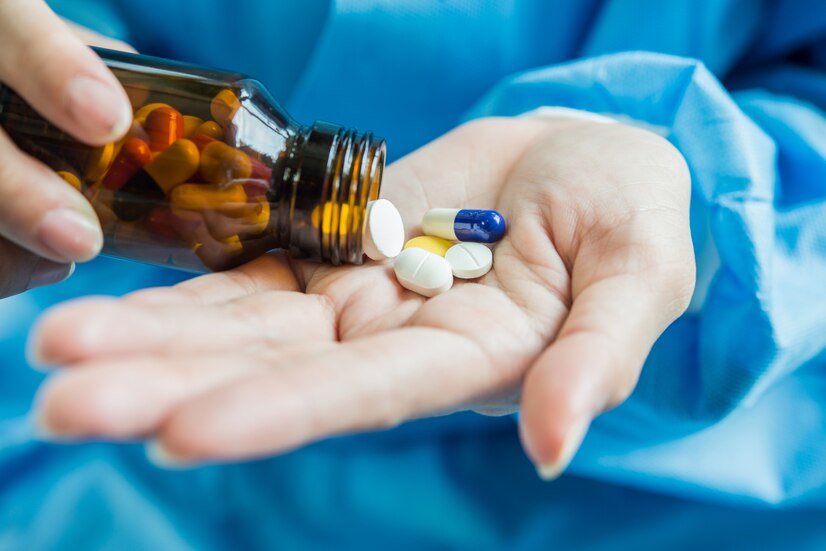Understanding Drug Safety and Efficacy: Key Concepts & Processes
Introduction
Drug safety and efficacy are two of the most critical factors in the pharmaceutical development process. Safety refers to how well a drug can be used without causing harmful side effects, while efficacy refers to the drug’s ability to produce the intended therapeutic effects. Both are essential to ensure that a drug is not only effective in treating a condition but also safe for its use in diverse groups of patients. For pharmaceutical companies, demonstrating drug safety and efficacy is key to gaining regulatory approval and ensuring that new therapies can successfully reach the market.
What is Drug Efficacy?
Drug efficacy refers to a drug’s ability to produce the desired therapeutic effect in ideal conditions, such as controlled clinical trials. It is measured by how well the drug works in treating a specific condition compared to a placebo or existing treatments.
- Preclinical Efficacy Studies
- In vitro and in vivo studies help determine if a drug has the potential to be effective before it enters human trials. These studies assess how the drug interacts with its biological target and whether it produces the desired therapeutic effect in animal models.
- Example: In cancer drug development, preclinical studies would assess whether a drug can shrink tumors or slow down tumor growth in animals.
- Clinical Efficacy Trials
- Clinical trials are essential for determining drug efficacy in humans. Phase II and Phase III trials focus on evaluating how well the drug treats the target condition in a larger group of patients.
- Measuring Efficacy: Efficacy is often measured in terms of improvement in symptoms, reduction in disease markers, or overall patient outcomes. For example, the efficacy of a hypertension drug would be determined by its ability to lower blood pressure consistently in patients.
- Comparative Efficacy
- In some cases, drugs are compared with existing therapies to see if they offer improved benefits. This helps determine if a new drug is more effective than the standard treatment.
- Example: A new diabetes drug would be compared to existing insulin therapies to evaluate if it controls blood sugar more effectively or has fewer side effects.
Understanding Drug Safety
Drug safety assesses the risks associated with a particular medication. It involves identifying potential side effects and adverse reactions, evaluating their severity, and understanding the factors that could increase the likelihood of harm, such as dosage, patient population, and drug interactions.
- Preclinical Safety Testing
- Before a drug enters human trials, it undergoes rigorous preclinical testing in animals and cell models. This helps identify toxic effects, establish safe dosage ranges, and uncover any serious risks that could limit the drug’s future use.
- Example: Testing for liver toxicity is a common aspect of preclinical safety studies, as many drugs can potentially cause damage to the liver at certain dosages.
- Clinical Trials
- During clinical trials, safety is monitored closely through different phases. Phase I trials focus on determining the safety of a drug in healthy volunteers, while later phases involve patients and continue to evaluate the safety profile under various conditions.
- Monitoring Adverse Events: Throughout the trial, researchers track adverse events, which could range from mild side effects like headaches to more serious reactions such as heart issues or allergic reactions.
- Post-Market Surveillance
- After a drug is approved and enters the market, safety monitoring continues through pharmacovigilance programs. This ensures any rare or long-term side effects not observed in clinical trials can be detected, and the drug can be reevaluated if necessary.
Importance of Drug Safety and Efficacy in Drug Development
- Regulatory Approval
- Before a drug can be marketed, regulatory agencies like the FDA (U.S.) and EMA (Europe) require comprehensive data demonstrating both the safety and efficacy of the drug. This includes results from preclinical studies and clinical trials.
- Regulatory bodies weigh the benefit-risk ratio, ensuring that the drug’s potential benefits outweigh its risks for the intended patient population.
- Patient Safety and Trust
- Ensuring drug safety and efficacy is crucial for protecting patients from harm and for maintaining trust in the pharmaceutical industry. Drugs that are found to be unsafe or ineffective after approval can face recalls or restrictions, damaging the reputation of the manufacturer.
- Optimizing Dosage and Use
- Studying drug safety and efficacy helps in optimizing the right dosage to maximize therapeutic effects while minimizing adverse events. This is especially important in conditions where patients require long-term treatment or use multiple medications.
Aragen’s Expertise in Drug Safety and Efficacy
Aragen Life Sciences supports pharmaceutical companies in ensuring the safety and efficacy of their drug candidates through comprehensive drug discovery and development services. Our integrated platform covers preclinical solutions including safety studies, in vitro/in vivo efficacy models, and services that support clinical trials to accelerate the journey from discovery to market, helping clients bring safe and effective therapies to patients efficiently.
- Preclinical Safety: Aragen’s preclinical services include comprehensive toxicology and safety pharmacology studies, ensuring that potential risks are identified early.
- Efficacy Testing: Our team provides customized in vitro and in vivo efficacy studies across various therapeutic areas, using advanced biological models to assess the impact of drug candidates.
- Regulatory Support: Aragen offers integrated support for regulatory submissions, guiding pharmaceutical companies through safety and efficacy requirements with expertise across discovery, development, and manufacturing
Drug safety and efficacy are the pillars of successful drug development. Ensuring that a drug is both effective in treating its targeted condition and safe for patients is critical for regulatory approval and market success. Through rigorous evaluations, comprehensive data collection, and ongoing monitoring, pharmaceutical companies can develop safe and effective treatments that improve patient health outcomes. Aragen Life Sciences provides the expertise and resources needed to support drug developers in meeting the highest standards of safety and efficacy in today’s competitive pharmaceutical landscape.


